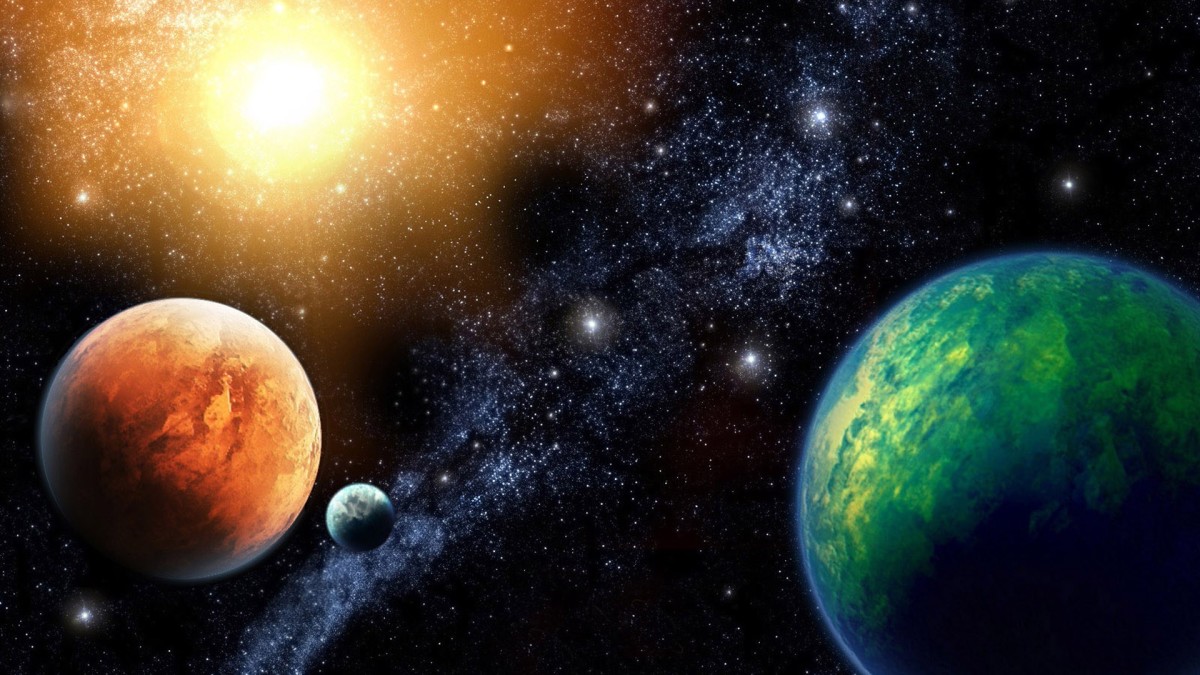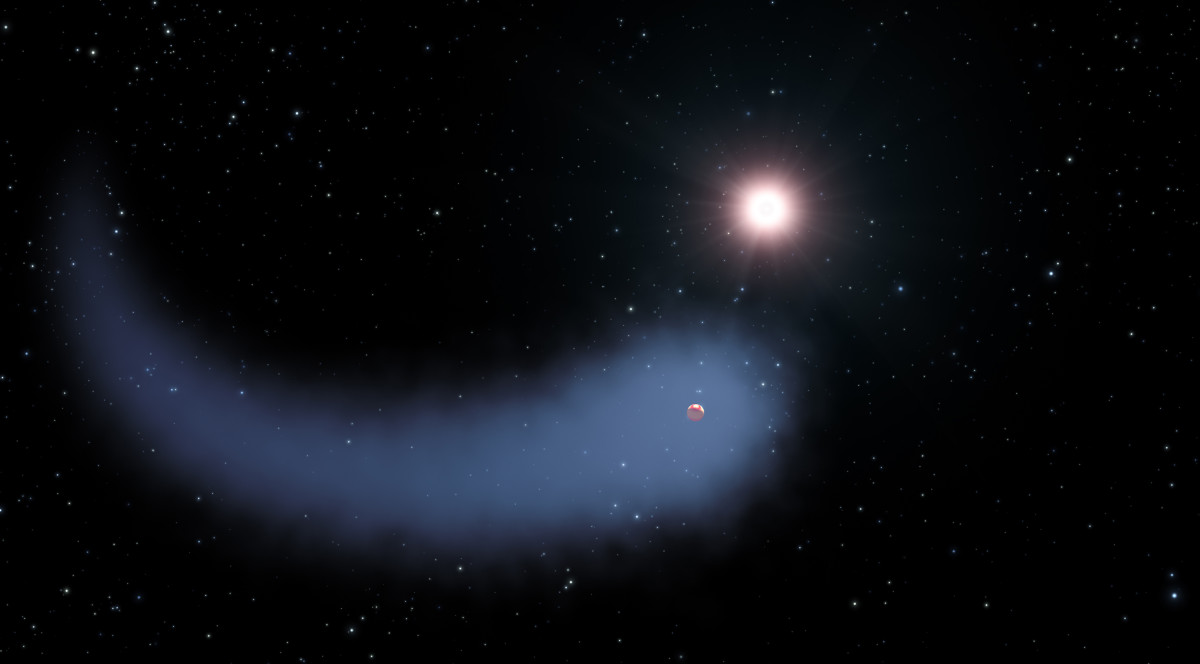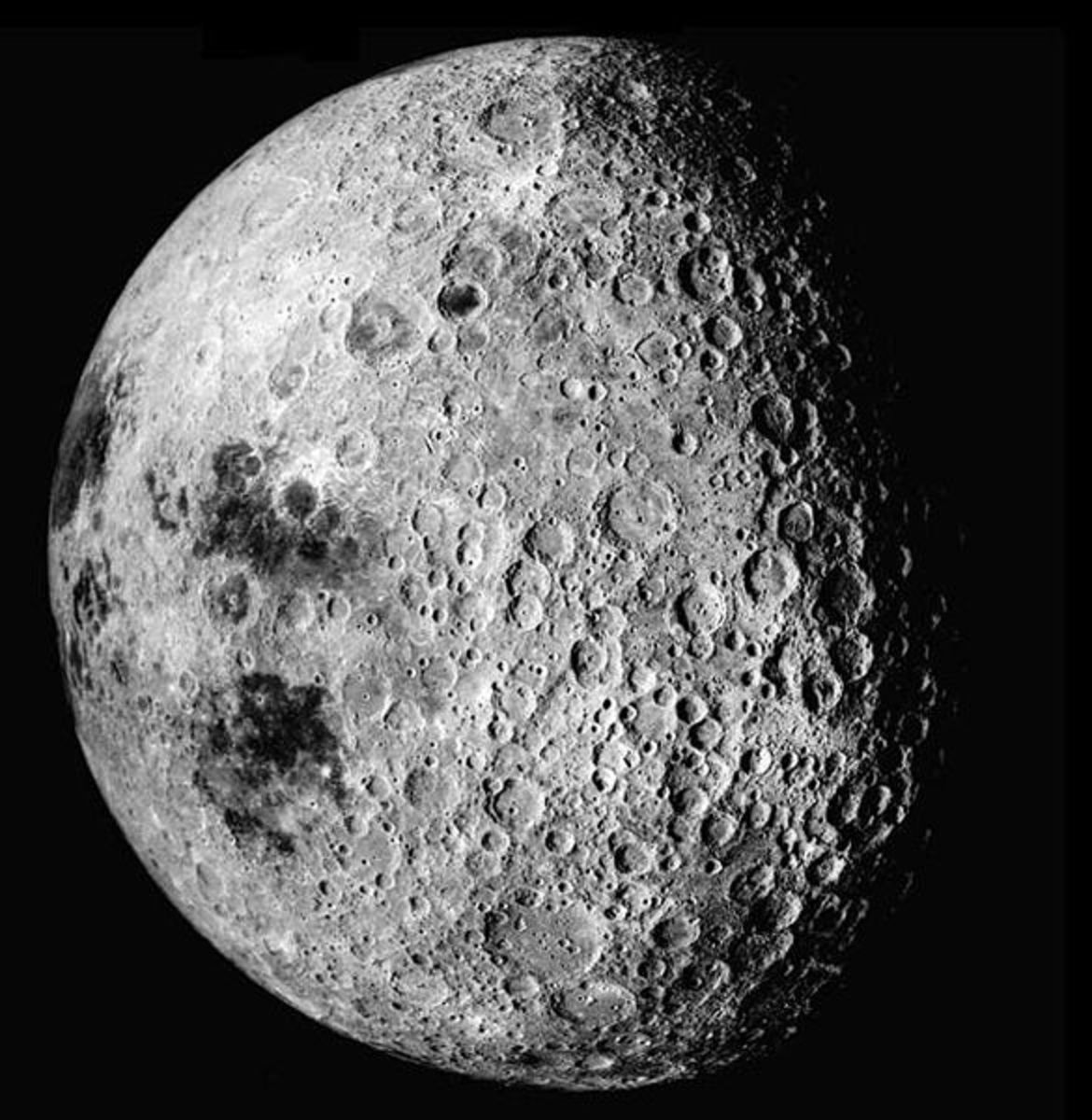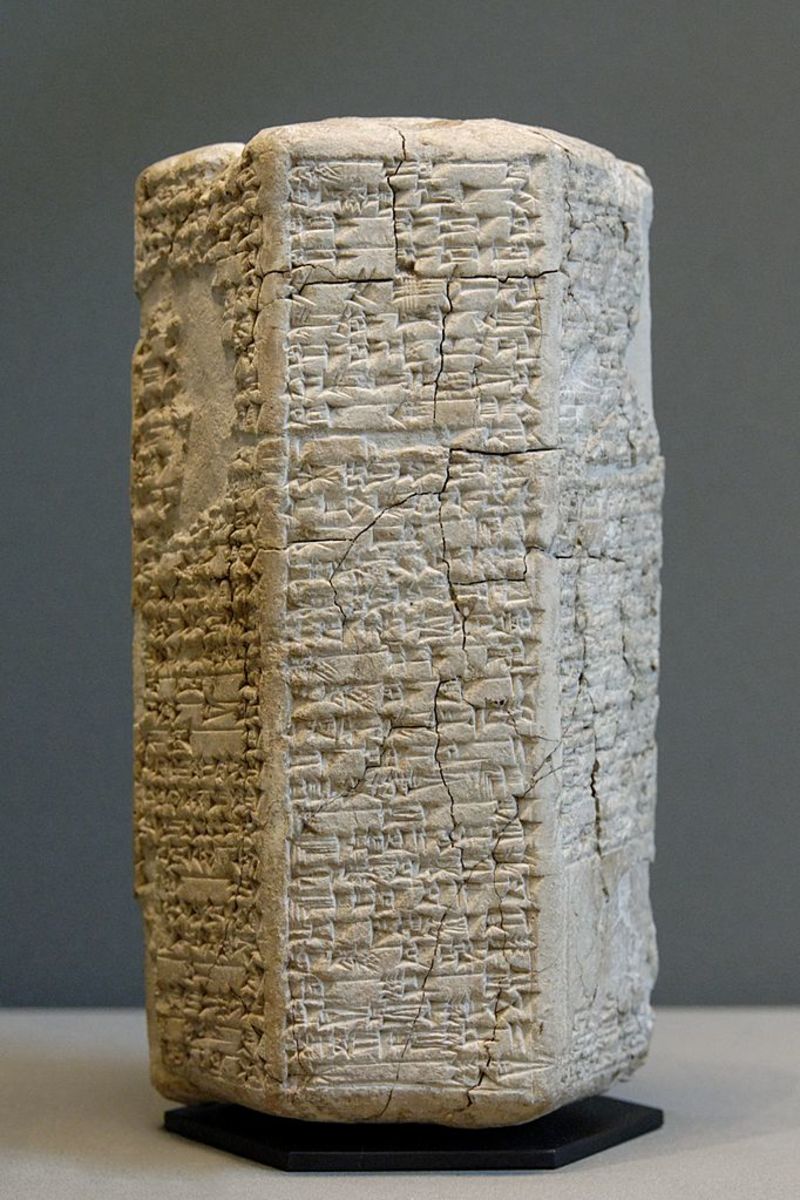History of the planets in space - what we have learnt
The most volcanically active body known is 10, the third largest of Jupiter's moons with a diameter of 3600km (2200 miles) - slightly more than that of the Earth's Moon. The Voyager 1 space probe in 1979 photographed eight volcanoes erupting simultaneously on 10: hundreds of other volcanic vents were also visible.
By comparison, it is rare for more than one volcano on Earth to erupt at the same time. The volcanoes of 10 spit out not lava but molten sulphur, giving 10 a blotchy red and orange appearance. Geologists estimate that the volcanoes throw out enough material every 10,000 years to cover the entire surface with a layer about 1m (3ft) thick. So 10 is continually turning itself inside out.
Two more planets will eventually acquire rings almost as spectacular as those of Saturn. Neptune's gravitational pull is forcing the planet's main moon, Triton, to spiral slowly closer - and astronomers expect the pull to break the moon up into a disc of debris between 10 million and 100 million years from now. Phobos, the closer of the two moons of Mars, is expected to form similar rings around Mars at about the same time.
Curiously, it is the moons' size which will cause them to form rings. Small objects like meteors. caught by a planet's gravity, usually spiral in towards the surface more or less intact - at least until they land. But the moons are so big that, as they move closer, the planets' gravity will tug far more strongly at their nearer side than at their farther edge, And the difference will be enough to rip the moons apart. A milder version of the same effect causes the tides on Earth.
The American space probes Pioneer 10 and 11 that provided the first close-ups of Jupiter and Saturn are on trajectories that will take them away from our solar system for ever. On June 13, 1983, Pioneer 10 became the first probe to move farther from the Sun than any known planet. Both spacecraft carry metal plaques intended for any alien beings that might intercept the probes as they drift among the stars of the Galaxy millions of years in the future.
Each plaque shows a map of the solar system, the location of our Sun, and sketches of two human beings. The probes Voyager 1 and 2, launched to examine the outer planets, are following Pioneer 10 into the depths of space. They each carry long-playing records containing electronically encoded pictures of Earth as well as spoken greetings, sound effects and a selection of music from around the world.
The Pioneer and Voyager probes are travelling at about 50,000km/h (30,000mph)-faster than any man-made objects before them. But even if they were aimed at the nearest star, Alpha Centauri - and they are not - they would still take the best part of 100,000 years to get there.
After the discovery of Uranus in 1781, astronomers noticed that it was not keeping to its predicted path in the sky. One possible explanation was that it was being tugged off course by another, as yet unknown, planet, the eighth in the solar system. In 1846 the French astronomer Urbain Le Verrier calculated where this eighth planet might lie, and wrote to the Berlin observatory to ask astronomers there to look for it.
The letter arrived on September 23, the birthday ofthe observatory's director, Johann Encke. Since Encke was taking the evening off to attend his birthday party, he passed the information on to his assistant, Johann Galle, who, together with Heinrich d'Arrest, sighted the new planet that evening. So, simply because it was his birthday, Encke lost the distinction of discovering the planet now called Neptune.








